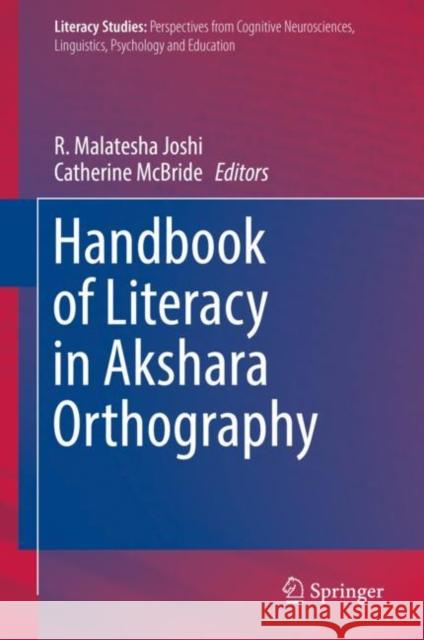Handbook of Literacy in Akshara Orthography » książka
topmenu
Handbook of Literacy in Akshara Orthography
ISBN-13: 9783030059767 / Angielski / Twarda / 2019 / 388 str.
Kategorie:
Kategorie BISAC:
Wydawca:
Springer
Seria wydawnicza:
Język:
Angielski
ISBN-13:
9783030059767
Rok wydania:
2019
Wydanie:
2019
Ilość stron:
388
Waga:
0.73 kg
Wymiary:
23.39 x 15.6 x 2.24
Oprawa:
Twarda
Wolumenów:
01
Dodatkowe informacje:
Wydanie ilustrowane











